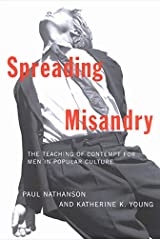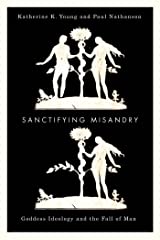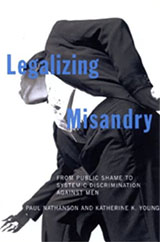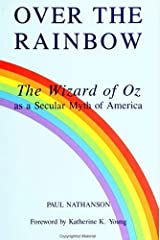Paul Nathanson

[12 July 2019] Midsommar (Ari Aster, 2019) is a horror movie. In fact, it’s probably among the most horrifying horror movies ever made. That’s mainly because the bad guys (apart from unsympathetic protagonists) are believably ordinary people, not drooling zombies. What makes the villains creepy is their isolation in more ways than one.
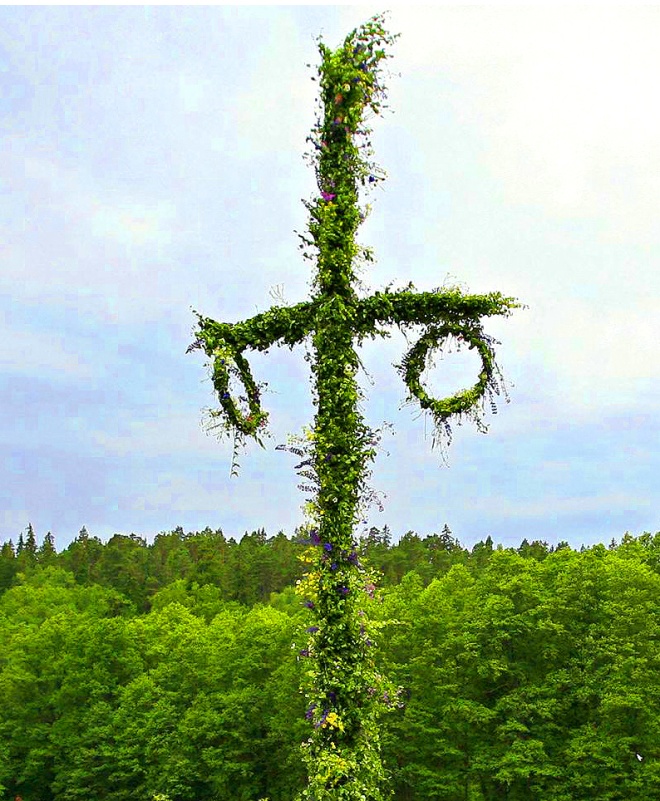
The story
A lengthy prologue takes place in a northern American city at or near midwinter. Dani, a college student, is emotionally traumatized after her bi-polar sister kills their parents and then commits suicide. Left without a family and subject to panic attacks, Dani seeks help from her boyfriend. But self-centered Christian is already planning to dump his overly needy girlfriend so that he and some grad-school buddies can go off to Europe for anthropological fieldwork. One of them, Pelle, has invited Christian, along with Josh and Mark, to study his own ancestral community. The Hårga, he explains, stage an unusually impressive midsummer festival every ninety years. When Pelle learns that Christian has invited Dani, too, he’s very pleased.
Once in Sweden, the friends must walk from the nearest station to the village. But first, they enjoy a drug-fuelled interlude in the wilderness. When they reach their destination, the villagers welcome them with another drug-fuelled concoction. Dani has a bad trip due to hallucinations of her dead sister. Later, she and the others meet Simon and Connie, a young English couple. Pelle’s brother, Ingemar, has invited them (along with, through Pelle, the Americans) to enjoy the festivities. So far, everyone but Dani is delighted by this sylvan paradise: flowery meadows, geometric wooden buildings in bright colors with elaborately painted walls and ceilings, banquet tables festooned with roses and daisies, friendly natives in embroidered white costumes and so on.
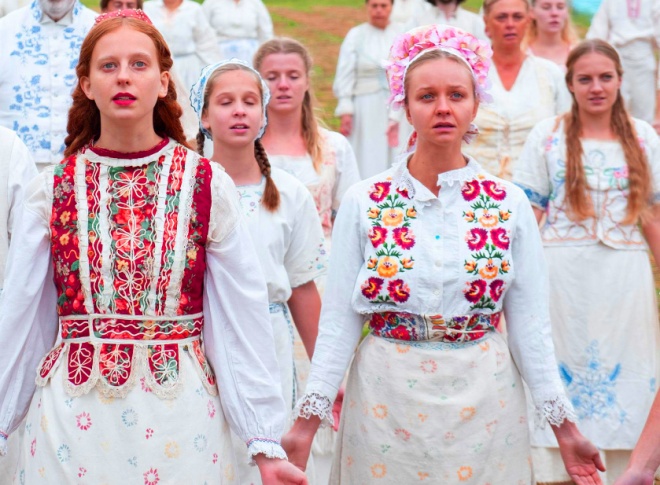
The opening ritual, however, is shocking. Two old people leap from a cliff onto the rocks below. When one fails to die, someone cheerfully finishes him off by crushing his skull with a mallet. An elder insists that the ritual is perfectly normal. Why wait to die of old age, after all, when you can end suffering in a moment? The bodies are ceremonially burned.
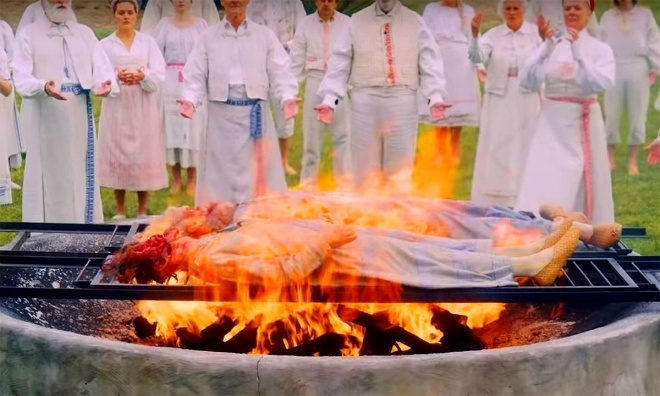
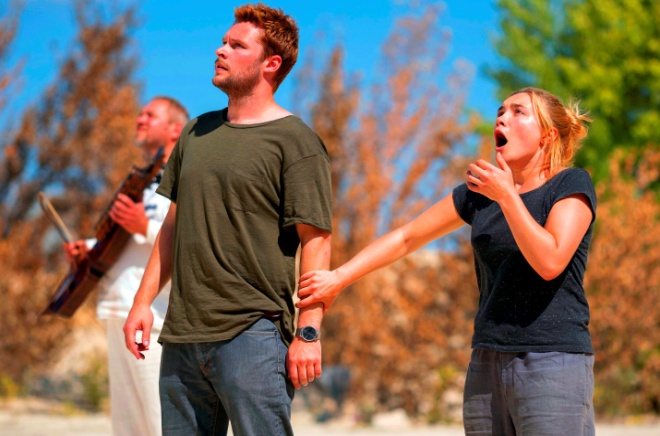
All of the visitors find this ritual disturbing, but only Dani wants to leave immediately. Christian, though, has no intention of leaving. In fact, he decides to do his field work on the Hårga (which angers Josh, who had already decided before leaving home to do the same thing). Pelle is sympathetic to Dani, in any case, and explains he has suffered from a family tragedy like hers, losing both parents in a fire. She agrees to stay. Simon leaves without Connie. But she soon disappears. Pelle assures everyone that both have been taken to the train station.
Christian tries to find more information about the Hårga from an elder. He soon discovers ancient runic texts that Ruben, deformed due to incest, has illustrated on the interior walls and ceiling of one building. The Hårga intentionally produced him, resorting to incest, for this task. Not surprisingly, Ruben has a shamanistic or an oracular function and therefore high status.
Meanwhile, Mark unwittingly urinates on the community’s ancestral tree. This provokes deep anger from the villagers. Nonetheless, a young woman lures him away from the elaborately decorated banquet table, presumably for mating purposes. (She needs little effort to seduce Mark, because his real reason for visiting Sweden is to have sex with the country’s beautiful women, not to study the culture of a primitive society. By this time, though, many viewers are thinking, or even saying out loud, “No, no, don’t go with her! You’ll never come back!”)
That night (despite the appearance of late afternoon due to the midnight sun), Josh sneaks into a temple to photograph the Hårga’s sacred runic texts. A partially naked man, wearing Mark’s skinned face over his own, hits Josh over the head with an axe and drags him away.
Next day, the remaining visitors participate in various rituals. Dani, for example, joins a competition: dancing with other young women around a phallic maypole. After several exhausting hours, she’s the last one standing and thus wins the competition. This is almost certainly not by chance, because the Hårga have a plan for each of the newcomers. As the “May Queen,”[1] she wears a floral crown and takes on new authority.
Christian isn’t so lucky. The young man is drugged and groomed to participate in a mating ritual during which he impregnates a carefully chosen woman while everyone watches and offers encouragement. Having fulfilled his destiny, bringing new blood to the community, his life is of no further importance. This becomes clear to him almost immediately after the mating ritual.
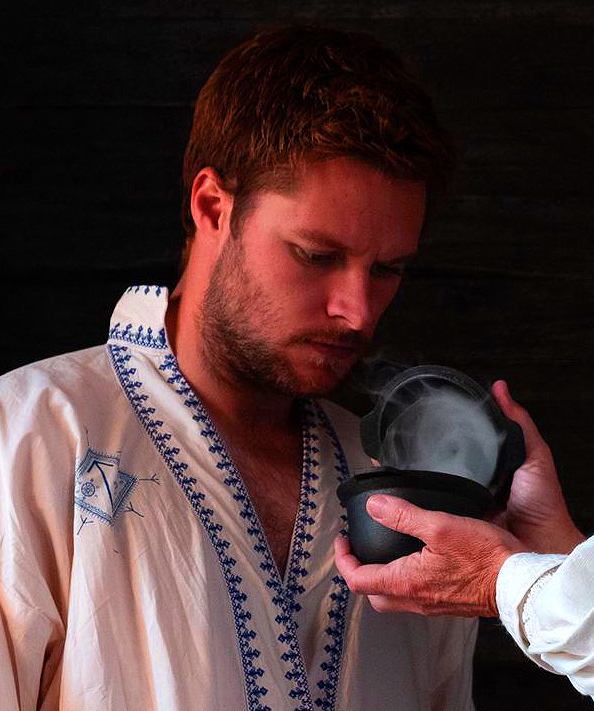
When Dani sees Christian having sex with her rival, she has another panic attack. Some of the Hårga women, now revering the new May Queen, start wailing with her. Soon after the ritual, a disoriented Christian discovers Josh’s leg (which has been partially buried) as well as Simon’s body (which has been ritually torn apart). Without much ado, the villagers capture and drug him again. But they have not decided his fate. That’s Dani’s job.
The villagers explain that their celebration will conclude, as it always does, with nine human sacrifices: four outsiders (Josh, Mark, Simon and Connie, who are already dead), four locals and a final living victim. Dani herself, though, must choose the final victim: either another outsider (Christian) or a lottery-selected villager. Bitter, Dani chooses to sacrifice Christian.
Moments later, viewers watch an elder stuffing Christian—he’s drugged and unable to move but still conscious—into a disemboweled bear, which the elders place reverently on a dais in the temple. Nearby, in a circle around Christian, are the eight additional sacrificial victims: the still-living Ingemar and Pelle, the two dead elders (not the ones who had jumped off the cliff, whose bodies were burned immediately) and the ritually-prepared bodies of Josh, Mark, Simon, Connie. The ritual is complete after the burning of all nine sacrificial victims.
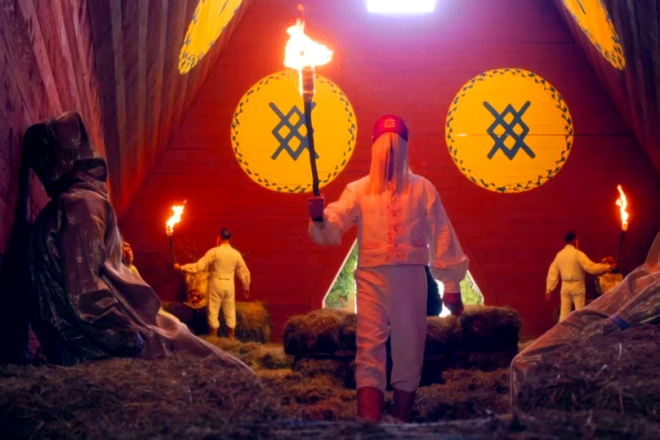
This midsummer festival concludes on a fiery note, because fire alone can purge the evil of killing (just as it has already purged the evil of old age). As villagers watch solemnly, flames consume not only the sacrificial victims themselves but also the sacrificial temple in which they lie. Rhapsody sweeps them into an almost hysterical frenzy, one that none will experience again (because it will occur again only after ninety years).
Dani’s frown turns into smile.
Analysis
Director Ari Aster has said in interviews that Midsommar is a not only a horror movie but also a “break-up” movie. It’s about the break-up, that is, of Dani and Christian.[2] I’d say that he’s being very disingenuous in these interviews, even coy. His movie clearly transcends the formulaic features of any genre, including not only the one that features horror but also the newer one that features sexual “relationships,” although it does assume their familiarity. But I’ll say no more about the latter, because it occurs in so many movies of so many kinds that it doesn’t really qualify as a genre at all.
I’ve already mentioned Aster’s inversion of the standard horror tropes. He has deliberately ignored the familiar clichés of almost every horror movie: the dungeons of medieval castles or the cellars of Victorian mansions, the dusty cobwebs in burial crypts and especially the “dark and stormy night.” Midsommar contains no conventionally “Gothic” features at all. It takes place almost entirely in the brilliant sunshine of a long midsummer day. The only exception is a brief sequence at the very beginning, which shows a snow-covered landscape at dusk. This beautiful sequence provides the visual context to be overturned. In fact, another early sequence does that literally by showing the view from inside a car that’s speeding along a highway—before the camera turns upside down.
Aster invented the Hårga, although he relied on both modern anthropological reports on remote or vestigial communities and classic books about comparative mythology and folklore such as The Golden Bough (James Fraser, 1890).
In addition, though, he relied on at least one earlier movie with similar historical and ethnographic themes such as The Wicker Man (Robin Hardy, 1973). It, too, takes place in what would seem at first glance to be an idyllic countryside in the summertime. But it, too, is a horror movie. The setting is an isolated Scottish community, “Summerisle” in the Hebrides, which maintains the ancestral Druidic tradition of sacrificing people when the harvest fails: placing the victims within straw figures and then burning them to death.
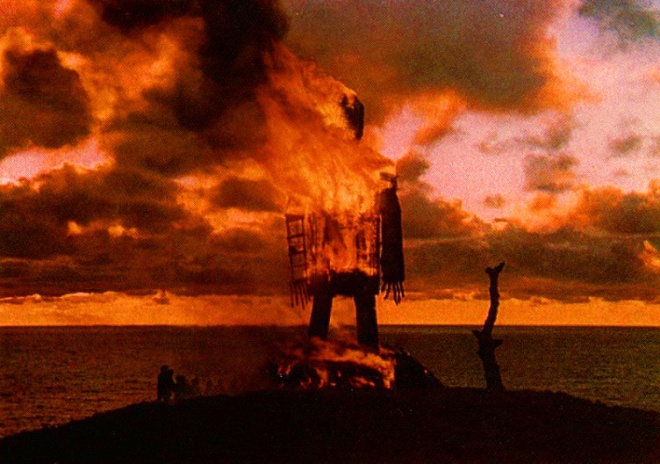
What makes these movies so horrific in the absence of generic horror clichés? The Hårga are ordinary people who just happen to be isolated. They’re isolated in “time,” as it were, because they live as if at least a thousand years have bypassed them. These folks are just like viewers except for the fact that that they’re, well, different. Not only are they not secular (unlike most viewers), they’re not even Christians (unlike at least some viewers). They’re pagans in a pre-Christian world.
They’re isolated in space, moreover, because they can live as pagans only in some very remote region (Hungary filling in for northern Sweden). So, when our modern American protagonists visit this vestigial and remote community, they confront not crazed serial killers with chainsaws or blood-smeared zombies but their own ancestral selves who perform human sacrifice and ritual murder as nonchalantly as they wear floral garlands and drink herbal tea laced with hallucinogenic drugs.
But Midsommar is not merely an entertaining variant of the classic horror movie. Rather, I suggest, it’s a cinematic parable. Parables are stories that subvert worldviews in order to replace the latter with new or revivified ones. Myths, by contrast, are stories that create or support prevailing worldviews. That’s the difference, despite some superficial similarities, between Midsommar and The Wizard of Oz.)[3] Viewers can interpret Midsommar as a parabolic subversion of the modern and secular worldview of budding academics, represented by Christian, Josh and Mark. But, if so, which worldview would replace that one? This is where Midsommar becomes both interesting and disturbing. It either subverts or supports not one but two possible worldviews, I suggest, both of them sinister.
Intentionally or not, this movie reveals precisely what the Nazis wanted to restore (even though that’s precisely what many people now would like to forget). The Nazis had a reason for resurrecting or inventing ancient folk festivals, interpreting mysterious runestones, excavating Teutonic artifacts, naming their children after Germanic deities and so on. And that reason went far beyond nostalgic sentimentality. What the anthropological voyeurs in this movie see as a nightmare of institutionalized brutality, after all, the Nazis saw as a compelling dream of lost youth, vigor and purity. (The Hårga do introduce the impure new blood of outsiders now and then to avoid the perils of inbreeding, to be sure, but they also purify it by ritually sacrificing those outsiders.)
Nazi ideologues were intensely attracted to precisely what horrified everyone else. They called themselves the “new barbarians.” Their ultimate hope was to eradicate Christianity and replace it with the presumed religion of their own ancestors. Apart from anything else, they wanted to replace Gesellschaft (the modern, impersonal and contractual model of community as exemplified by corporations and bureaucratic institutions) with Gemeinschaft (the ancestral, intimate and “organic” model of community as exemplified by rural communities and the pseudo-mystical call of “blood and soil”). For them, Christianity had been introduced by the sinister Jews and spread by the civilized Romans. (In the Nazi lexicon, “civilized” was a bad word, not a good one.) Christianity had prevailed for centuries, even in the secularized form of modern liberalism. Long before the advent of modernity, in other words, Christianity had already destroyed the primitive, brutal, untamed, spontaneous freedom of their primaeval and uncivilized ancestors. Nazi ideology appealed strongly to those who rejected modernity (even though, ironically, Nazi power actually depended on the technological expertise and bureaucratic control of a modern industrial state).
But I don’t suggest that Nazi ideology is of particular interest, whether positive or negative, to Aster and his viewers. I do suggest that feminist ideology is of great interest, whether positive or negative, to him and his viewers.[4] Think of it this way. Dani is the protagonist. And every male character,[5] from her point of view, is either evil (the Hårga elder) or inadequate (notably Christian and Mark). Even the token black man (Josh) doesn’t make the grade as an honorary woman. In short, the male visitors are, without exception, self-centered, arrogant, insensitive and exploitive. One of them (Mark) is downright boorish and misogynistic. As for the female characters, Hårga women seem at first to be no better, from her point of view, than Hårga men. But Dani changes her mind about the women.
At first, Dani is one of the two classic feminist archetypes: the victimized woman. She’s meek and apologetic (in the worst sense of that word). And worse, much worse, she’s emotionally dependent on a man. After two and a half hours of that nonsense, however, she turns into another feminist archetype: the empowered woman.
Dani has finally found a new family, a community in which women wield as much power as men do or possibly more power. Not surprisingly, after a long history of frustrating subordination, she knows exactly what to do with her newly conferred “agency” as May Queen. She goes native and, making common cause with her new sisters, she sacrifices Christian. This is why her frown turns into a smile by the last frame—and the last frame in any movie is always very significant. Moreover, this is why her victim’s name is Christian, which represents the “old” and defeated patriarchal religion.
Feminist triumphalism of this kind relies at least partly on the work of academic feminists, such as Marija Gimbutas[6] and Gerda Lerner,[7] whose followers have for decades not only theorized about a primaeval and egalitarian paradise under the benevolent aegis of a Great Goddess but also promoted modern attempts to revive the goddess religion of those halcyon days. Here’s the ideological scenario that these feminists have established in both popular and academic circles. It’s the classic conspiracy theory of history. In addition, it’s an almost precise reversal of the Christian story about Original Sin, originating with “Adam,” not “Eve.”
During a primaeval Golden Age, women had as much (or more) power than men did. This state of affairs changed only after men either rebelled (which would contradict the notion of an egalitarian paradise) or invaded, replacing the Great Goddess with their patriarchal gods and goddesses. Either way, they created the horrors of patriarchy—which is probably the best reason to call Midsommar a horror movie.
But the ideological story doesn’t end in despair. Rather, it ends in joy due to the feminist revolution (through law reform within some democratic political framework, of course, not messy violence), the destruction of patriarchy (beginning with the family, its cornerstone), the revival of the Great Goddess (either metaphorically or literally as an object of worship) and thus the restoration of an egalitarian paradise (with or without the participation of men). From that point of view, Midsommar would be either a mythic elegy for the lost world or the mythic hope for its revival (or both)—unless it’s a parable, that is, and not a myth.
Most cinematic parables, no doubt, are secular. If this one is a parable, though, it’s not necessarily a secular one. That’s because some feminists look forward not merely to a feminist utopia within history, in which case the movie’s paganism is an elaborate metaphor, but to a feminist paradise beyond history under the aegis once more of a Great Goddess.
Conclusion
Midsommar is indeed a horror movie. But its horror owes nothing to the external darkness of alien villains (mad scientists, hungry zombies, giant spiders, toxic sludge, cranky extraterrestrials or whatever). Instead, it owes everything to the internal darkness within us all. Given the right cultural environment, historic period or personal circumstances, after all, anyone could end up in this kind of dystopian cult as either a convert or a victim.
The Nazi scenario (which most people would consider a parable, I hope, not a myth) might seem very remote from viewers even in this age of racial polarization. But the feminist scenario (which some viewers might consider a parable but others might well consider a myth) is hardly remote. On the contrary, it represents a front of intense conflict in the current “gender wars.”
I think that this ambiguous interpretation is legitimate, therefore, in view of the movie’s cultural and historical contexts.
-
I don’t know why they call her the “May Queen,” because the story takes place in midsummer—that is, in late June. ↑
-
David Sims, “What Kind of Movie Ari Aster Wanted Midsommar to Be,” interview of Ari Aster, Atlantic, 3 July 2019. ↑
-
Lindsey Romain, “How The Wizard of Oz Influenced Ari Aster’s Midsommar,” Nerdist, 2 July 2019. The Wizard is a secular myth, however, not a secular parable. See Paul Nathanson, Over the Rainbow; The Wizard of Oz as a Secular Myth of America (Albany: State University of New York Press, 1991). ↑
-
What interests me most is not what motivates directors to make movies, however, which is a biographical matter. What interests me much more than that is how viewers interpret movies, which is a cultural matter. ↑
-
Paul Nathanson and Katherine K. Young, Spreading Misandry: The Teaching of Contempt for Men in Popular Culture (Montreal: McGill-Queen’s University Press, 1991): 8. ↑
-
See, for example, Marija Gimbutas, The Civilization of the Goddess (San Francisco: HarperSanFrancisco, 1991). ↑
-
Gerda Lerner, The Creation of Patriarchy (New York: Oxford University Press, 1987).
©Paul Nathanson
Studia Oziana, new series, vol. 2, no. 1 ↑

Paul Nathanson has a BA (art history), a BTh (Christian theology), an MLS (library service), an
MA (religious studies) and a PhD (comparative religion). Of particular interest to him is the
surprisingly blurry relation between religion and secularity: how religious patterns of thought
underlie seemingly secular phenomena such as classic movies (such as The Wizard of Oz) and
political ideologies (notably feminism and wokism). With Katherine Young, he has written a
series on the problem of masculine identity in this polarized environment. These volumes include
Spreading Misandry: The Teaching of Contempt for Men in Popular Culture; Legalizing Misandry: From Public Shame to Systemic Discrimination against Men; Sanctifying Misandry: Goddess Ideology and the Fall of Man; and Replacing Misandry: A Revolutionary History of the Male Body.
The fifth and sixth volumes are not yet published: Managing Misandry: Men’s Voices on the Meaning of Manhood and Transcending Misandry and Misogyny: From Feminist Ideology to Intersexual Dialogue.
